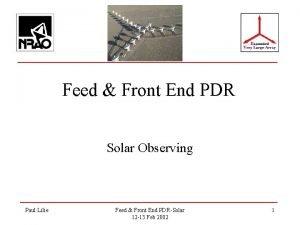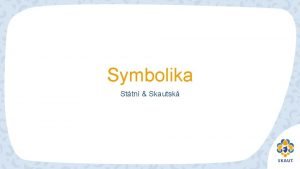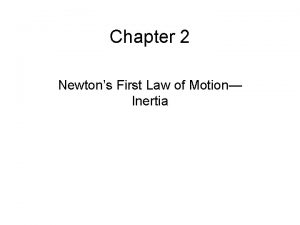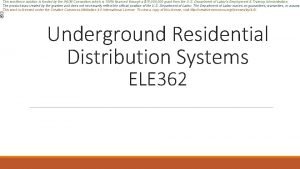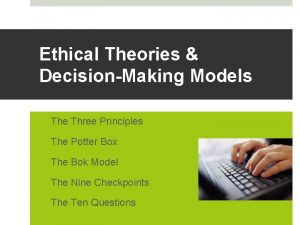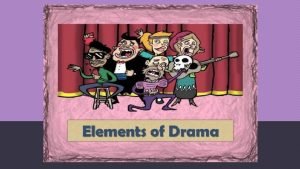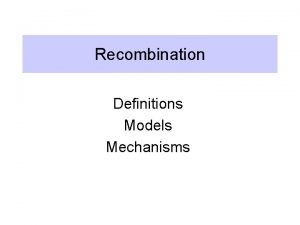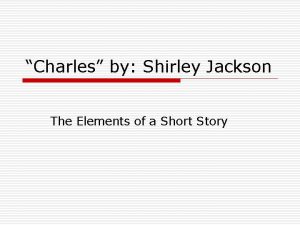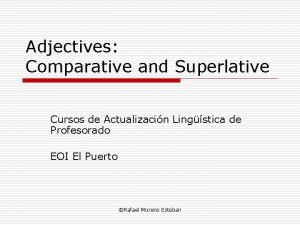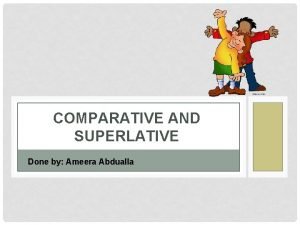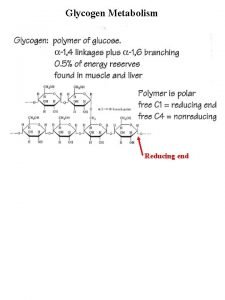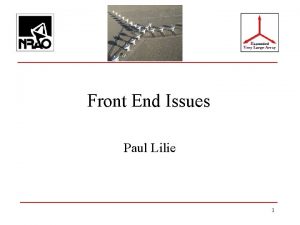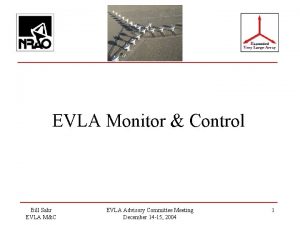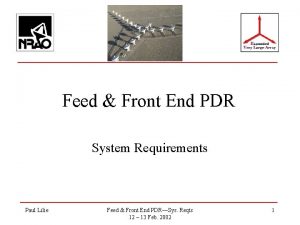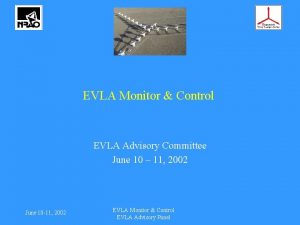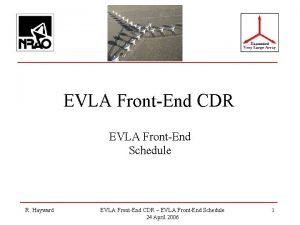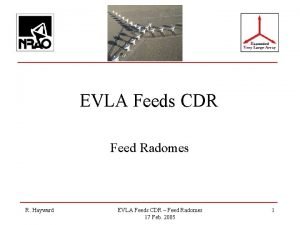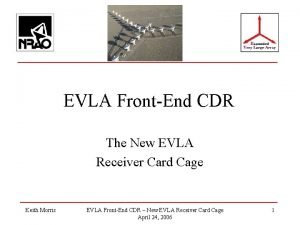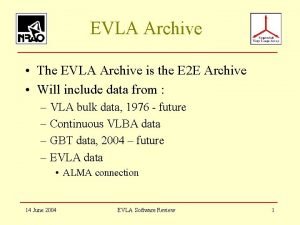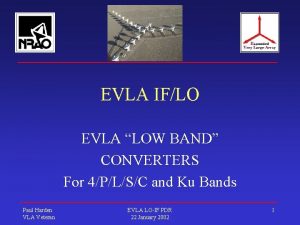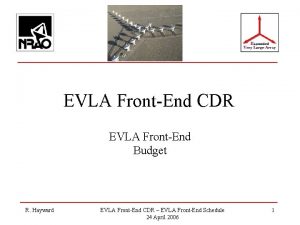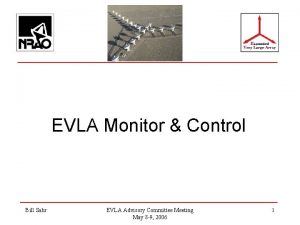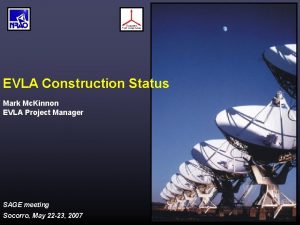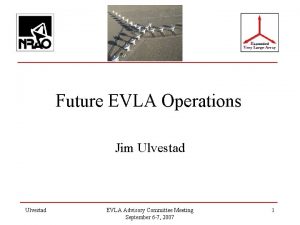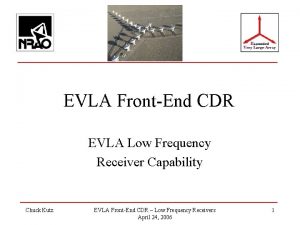EVLA Front Ends 10 June 2002 Paul Lilie
















- Slides: 16

EVLA Front Ends 10 June 2002 Paul Lilie Advisory Committee 1

• 1 – 50 GHz Coverage • In 8 Bands • Dual Circular Polarization 10 June 2002 Paul Lilie Advisory Committee 2

OMTs Quad-ridge Bøifot Symmetric Junction 10 June 2002 Paul Lilie Advisory Committee 3

Bands 1 – 2, 2 – 4, 4 – 8 Quad-Ridge OMT & 90º Hybrid Design Scaled for frequency Commercial Stripline Hybrids 10 June 2002 Paul Lilie Advisory Committee 4

Bands 12 – 18, 18 – 26, 26 – 40 Corrugated Phase Shifter Bøifot OMT 18 – 26 GHz in Production Now. 10 June 2002 Paul Lilie Advisory Committee 5

Band 8 – 12 Quad-ridge or Bøifot; depends on size. Band 45 – 50 Sloping Septum, in Production Now. 10 June 2002 Paul Lilie Advisory Committee 6

Cost per Receiver 10 June 2002 Paul Lilie Advisory Committee 7

Advice Sought: Octave Bandwidth Quad-Ridge OMT “Headroom” MMICS 10 June 2002 Paul Lilie Advisory Committee 8

Quad-Ridge OMT Critical Areas Octave Bandwidth 2: 1 at ~20 d. B has been done. Higher Modes Above cutoff: affect beam Below cutoff: “suckouts” TE 21 L most troublesome 10 June 2002 Paul Lilie Advisory Committee 9

Quad-Ridge OMT Design Approach: Circular-to-Quad-Ridge Waveguide: treat as impedance transformer Quad-Ridge to Coax: design for match 10 June 2002 Paul Lilie Advisory Committee 10

Q-R OMT Modes Trapped Modes Q ~1000 Coupling fairly weak, ~ -25 d. B Effect on beam? “one-pass” loss ~ 0. 014 d. B 10 June 2002 Paul Lilie Advisory Committee 11

Shorting Pins at /4 Short out TE 11 modes Pass TE 21 L mode to absorber Assures one-pass for TE 21 L 10 June 2002 Paul Lilie Advisory Committee 12

Headroom What is it? How Defined? (TOIP? 1 d. B? 1%? ) How Measured? How Much Do We Need? “As much as we can get, or. . . ” 10 June 2002 Paul Lilie Advisory Committee 13

Headroom Against What? Narrow-Band Pulsed Noise-like Component Variations 10 June 2002 Paul Lilie Advisory Committee 14

How Much Can We Afford? Dollars Tsys Size and Power Dissipation 10 June 2002 Paul Lilie Advisory Committee 15

MMIC Solution for a High Dynamic Range “Solar” Capable Receiver Ka-Band HNA Step Att 25 -41 GHz 15 d. B Po=+10 d. Bm (? ) NF < 5 d. B SPDT Switch MMIC’s Level 10 (? ) 25 d. B Post-Amp 35 d. B x 3 LNA MMIC’s 36 -50 GHz 26 -40 GHz Pol Step Att PIN Switch LO Ref 12 -16. 7 GHz Noise Diode IF Out 8 -18 GHz MMIC’s 36 -50 GHz x 3 LNA 35 d. B Post-Amp MMIC’s Step Att SPDT Switch 25 d. B NF < 5 d. B 15 d. B HNA 10 June 2002 Paul Lilie MMIC’s Advisory Committee 25 -41 GHz Po=+10 d. Bm (? ) Level 10 (? ) 16
 Lilie albo kwiatki prohibicyjne
Lilie albo kwiatki prohibicyjne Sfu pdr
Sfu pdr Sttn
Sttn What is the position of mark lilie in takata corporation?
What is the position of mark lilie in takata corporation? If burl carries paul piggyback
If burl carries paul piggyback Content page magazine
Content page magazine Dead front vs live front transformer
Dead front vs live front transformer Fronts picture
Fronts picture Ends-based thinking
Ends-based thinking What is drama/play
What is drama/play Holliday junction
Holliday junction Beadgcf flats
Beadgcf flats Charles by shirley jackson analysis
Charles by shirley jackson analysis Adjective ends with y
Adjective ends with y Comparative adjective of calm
Comparative adjective of calm Glycogen synthesis
Glycogen synthesis How does bassanio describe portia
How does bassanio describe portia

